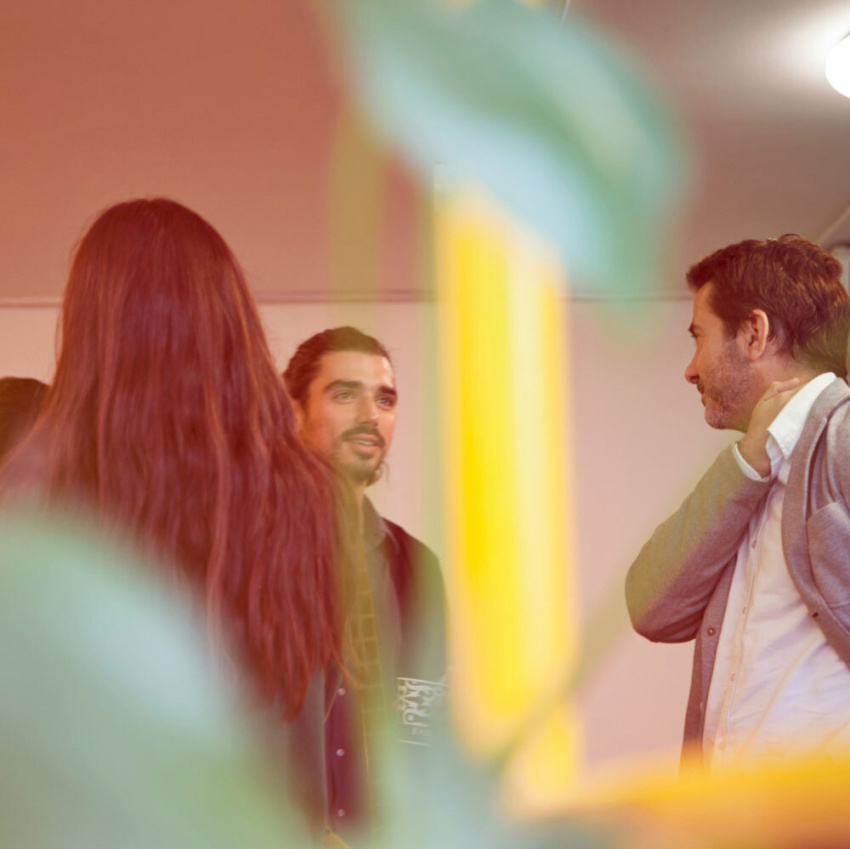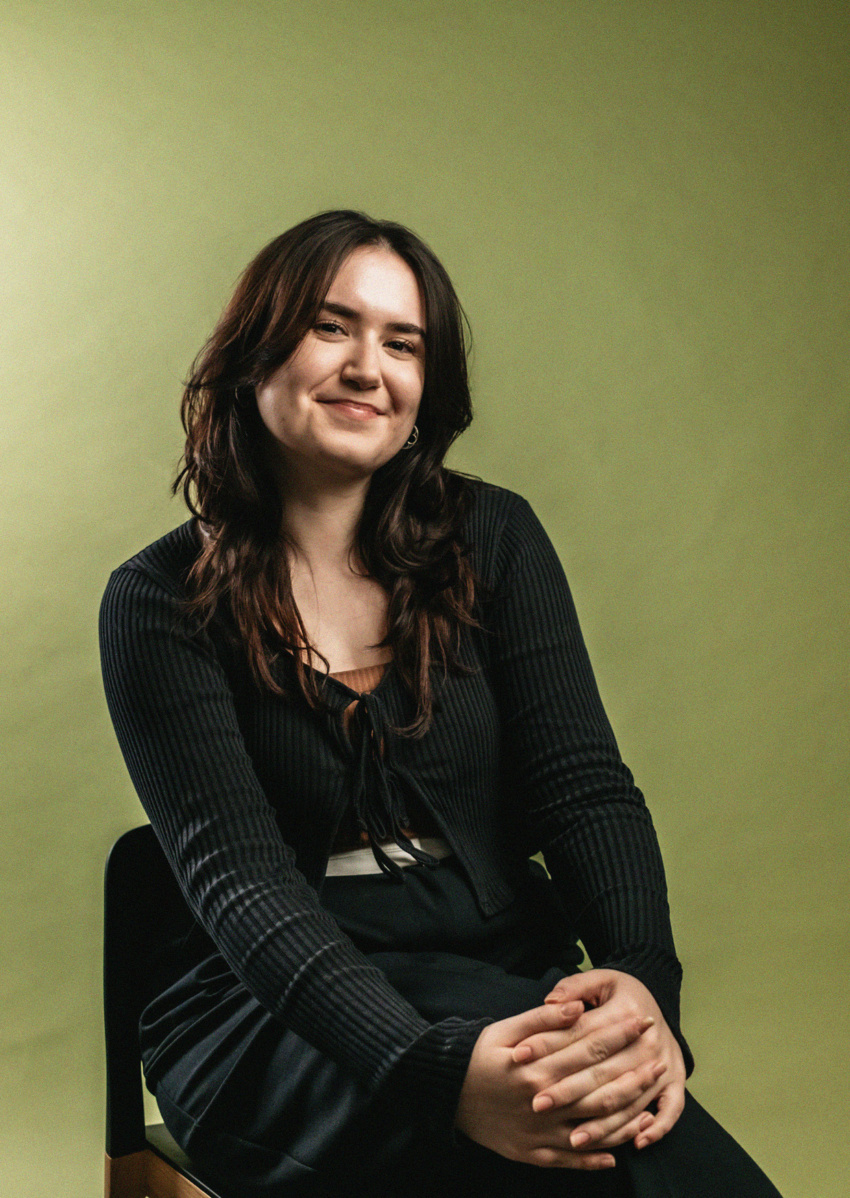Whether you’re a seasoned events planner or just starting out, knowing how to network at an event can open doors to new opportunities, connections, partnerships and ideas. This guide explores what a networking event looks like, and offers practical tips so you can feel confident in your networking skills the next time you attend an event.
What is a networking event?
A networking event can be a fringe event to bigger industry events. Or part of a conference, or a standalone event They’re all designed to help professionals like you meet, connect and build relationships.
These events can take many forms—from informal meetups and cocktail receptions to structured speed networking sessions or roundtable evening dinners. For event planners, networking events are a chance to meet suppliers, venues, clients and peers, all in one place.
Networking focuses on interaction. The goal isn’t just to exchange business cards; it’s to start conversations that could lead to collaborations, referrals or long-lasting relationships.
Why networking matters
The meetings and business events industry thrives on relationships. From sourcing venues to securing speakers or sponsors, who you know can make all the difference to the success of your next event.
Networking helps you:
- Stay updated on industry trends and innovations
- Discover new suppliers, technology and destinations
- Build trust with potential clients and partners
- Learn from peers and share best practices
- Raise your profile and grow your personal brand
Networking skills are one of the most valuable tools in your professional toolkit.
How to network at an event: before, during and after
Successful networking doesn’t happen by accident. It takes preparation, presence and follow-up. Here’s how to make the most of every opportunity.
Before the event
1. Set clear goals
What do you want to achieve? Are you looking to meet potential clients, find new venues or learn from other planners? Having a goal helps you focus your time and energy in the right places.
2. Do your homework
Check the attendee list, exhibitor directory or event app ahead of time. Identify people or companies you’d like to connect with and learn a bit about them. This can make starting a conversation easier and more meaningful.
3. Prepare your introduction
A sharp elevator pitch can be your best friend. Craft a short, friendly introduction that explains who you are and what you do. Keep it friendly—think of it as a conversation starter more than a pitch.
4. Bring business cards—physical or digital
Even in a digital world, having a way to share your contact details quickly is key. Consider using a QR code or digital business card to share with your new contacts.

During the event
1. Be approachable
It’s important to seem open and friendly at a networking event. Smile, make eye contact and keep your body language open. If you’re standing alone, try joining a group that’s open to new people. And ask them what they’re talking about. Most attendees are there to meet others too.
2. Ask open-ended questions
Instead of “What do you do?”, try “What brings you here?” or “What kind of events do you work on?” These questions invite conversation and show genuine interest in whoever you end up speaking with.
3. Listen more than you talk
Good networking is about building relationships, not selling. Focus on understanding the other person’s needs and interests. Long-lasting relationships are built on trust, not hard selling.
4. Take notes
After each conversation, jot down a few key points—what you talked about, any follow-up needed, and personal details to help you remember them when you connect later.
5. Use the event’s networking tools
Most events will offer networking opportunities such as matchmaking platforms, attendee lists or networking lounges. Take advantage of these to meet relevant contacts in a structured way.
After the event
1. Follow up soon after the event
After the event, it’s good practice to send a short follow-up message within a few days. Mention something you discussed and suggest next steps, whether it’s a call, a coffee or simply staying in touch.
2. Connect on LinkedIn
Connecting on LinkedIn is a great way to keep the relationship going and stay visible to your new network.
3. Keep the conversation going
You can invite them to future events or introduce them to others in your network. Relationships grow over time, so take the time to keep in touch.
Networking event tips for introverts
Not everyone loves walking into a room full of strangers. If you’re more introverted, these tips might make a networking event feel less daunting:
- Arrive early when the room is quieter
- Set a goal to meet just three new people (or maybe even one or two)
- Focus on one-to-one conversations instead of groups
- Take breaks when you need them—networking is a marathon, not a sprint
Remember, the quality of your new connections matters more than quantity. A few meaningful connections are more valuable than dozens of quick chats.
Making the most of virtual networking events
Virtual events can also be an effective way to make new connections. And they offer new ways to connect. To network effectively online you should:
- Update your profile and photo on the event platform
- Join breakout rooms and participate in chats
- Use direct messaging to start conversations
- Follow up with a video call or LinkedIn message
The same principles apply to any networking event: be curious, be kind and be yourself.
In essence, networking is about being open to new people, ideas and opportunities. Whether you’re attending a global trade show, a small conference, or a virtual roundtable, every interaction is a chance to learn, grow and connect.
So next time you’re wondering how to network at an event, remember: show up with purpose, listen intently. And follow up within a few days. Your future collaborators, mentors or clients can be just one conversation away.





